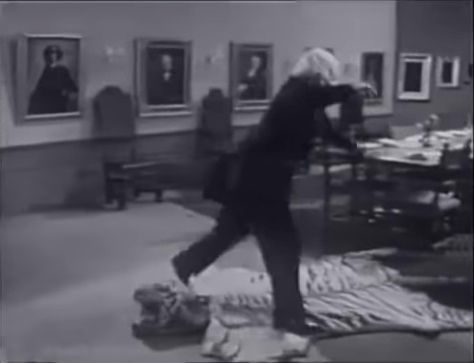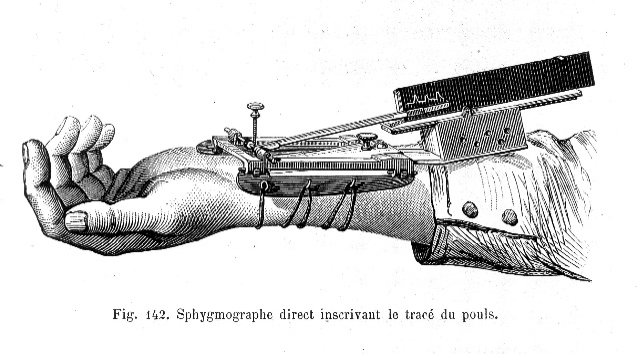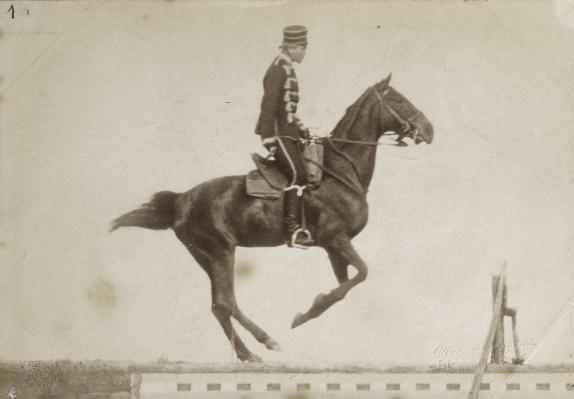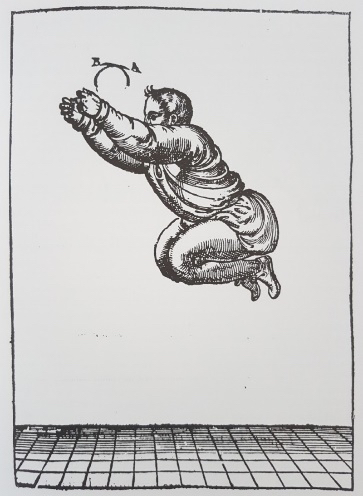A foot in the tiger’s mouth
Matthias Bruhn
For Metabolic Museum-University, 17th December 2020
In the course of our discussions we have tried to grasp the character of certain (dangerous, hazardous, controversial, or ambivalent) objects whose encounter can trigger a moment of uncertainty or demand a change in perspective. Augustin described it in musical terms as a moment of syncopation, a rhythmic pattern that fuses two different beats, while the (cardiac) syncope is also a common medical expression for a temporary fainting, collapse or blackout. We decided to take syncope and syncopation as a starting point for a thought experiment that might provide us with new metaphors or concepts, to describe and inspire a different form of working with and within collections.
Instead of simply consulting professional encyclopedias or reproducing given definitions or discourses of the term, I preferred to follow the various associations that syncope can invoke and combine them with pictures in order to encircle the phenomenon visually and – ideally – give our discussion some twist.
One of the first things that crossed my mind when we spoke about the term was the movement of a walking person who suddenly stumbles over something unexpected, for example, an object standing in his or her way. In psychology, such an object that catches one’s foot (or one’s eye) would be called salient, which is etymologically related to the Latin term salio, salto.
The stumbling, tumbling, falling can also be caused by a negative form, by a hole in the ground, by an unexpected abyss, a dropout or ‘glitch’. This would be closer to the original sense of syncope and the medical meaning derived from it, the pulse and its abrupt change.
However, here it is not so much about the stumble or the fall as such, but about the dynamic that spontaneously develops from it. Because if you stumble you will do strange and almost inevitable contortions to regain control over your body, with flying arms and legs that might even seem involuntarily funny and trigger spontaneous affects, as in the Freudian sense of Schadenfreude.
In a certain way, the observed person is suddenly thrown back into the stage of a quadruped. At this stage, you may also develop an instinctive way of running or rowing that responds to the laws of gravity and transforms the energy of the fall into a rapid forward motion that has its own rhythm. Just as when the heart skips or misses a beat, a strange new pulse or tempo establishes.
It makes me think of animal locomotion, e. g. when a horse or a team of horses is changing the speed from trotting to gallop or back again. The sound of it may not be synkopic in musical terms but I’d still like to take it as a synonym for the particular rhythm resulting from the different beats that overlap and interfere. I’d also like to take syncopation not so much as a moment of collapse or exceptional state, as the result of an omission, disruption, failure or mis-take, but as the very pattern that replaces it acoustically or visually.
This could be compared with the transition from salience (as the factor that triggers stumbling) to somersault, i.e. the well-known artistic figure of the salto. Arcangelo Tuccaro, an early modern master in gymnastics, explains it in his book on the art of jumping, published in 1599. One of its tables shows a man curled up in an energetic movement, transformed into a still life on white paper and accompanied by a small diagram indicating his course. Such a bravura is only possible because the artist has learned to overcome his fear of height or hard landing and to divert the energy of his movement into a new direction.
The biomechanics of walking and animal locomotion has been studied with increased intensity in the 19th century, but it was often motivated by military and economic interests in training and physical optimization. The Saxonian anatomist Wilhelm Braune, a contemporary of the French physiologist Etienne-Jules Marey, accompanied the military campaigns during the Franco-Prussian War in order to study the wounds and treatment of soldiers before starting a collaboration with the younger mathematician Otto Fischer who devoted his knowledge to the modelling of human motion. In such a milieu syncope would have usually meant the medical phenomenon of collapse and hardly the playful syncopation of two hearts beating for each other at different speed. The age of industrial labor, mechanization, efficiency and ergonomics is rather characterized by uniformity, repetition and synchronisation, by the constant 4/4 beat of march music and marching boots or by the monotonous sounds of steam hammers and machine guns.
The industrial and military exploitation of the body is still present in the incessant efforts to construct artificial, anthropomorphic bipeds that resemble the human being and attempt to imitate their ability to stand and walk on two feet. Such androids have become a symbol for the ambition and ability of engineering and robotics to create self-regulating and self-sustaining systems; but while the progress in computer technology has allowed to manufacture tradeable and affordable hoverboards and monowheels, it still remains one of the greatest challenges to build an artificial homo erectus that catches up with the millions of years of biological evolution inherent in the human being and human anatomy.
If we disregard the theoretical question of why bipedalism should be replicated at all, or the practical question of whether this can be reasonably realized, the scientific investigations into animal locomotion, mechanics and bio-engineering nevertheless offer an interesting aspect that leads back to stumbling. Because technically speaking, “walking” is nothing more than a constant stumbling, a bouncing back and forth. Just as Newton described a flying arrow that is no longer propelled by an instilled force but is in a constant motion that is stopped only by an external force, walking is an ‘organised stumbling’ that gets out of control only when the motion of the supporting extremities is arrested or irritated.
For the same reason, modern anatomical studies use experimental setups with built-in pitfalls and holes to observe how a continuous movement stabilizes again when it is thrown out of sync by the unexpected obstacle. The interplay of the anatomical apparatus is most clearly revealed in the ability to recover from perturbations.
In accordance with this, “syncopation” can describe the translation of an energy into a new kind of motion or pattern, just like one’s instability on ice skates can be turned into an elegant gliding once the principle is understood. However, the metaphor of syncope also includes the willingness to juxtapose the given speeds and routines of collections and their study with one’s own rhythm, and to create a synthesis or tempo that redefines what collecting is about.






